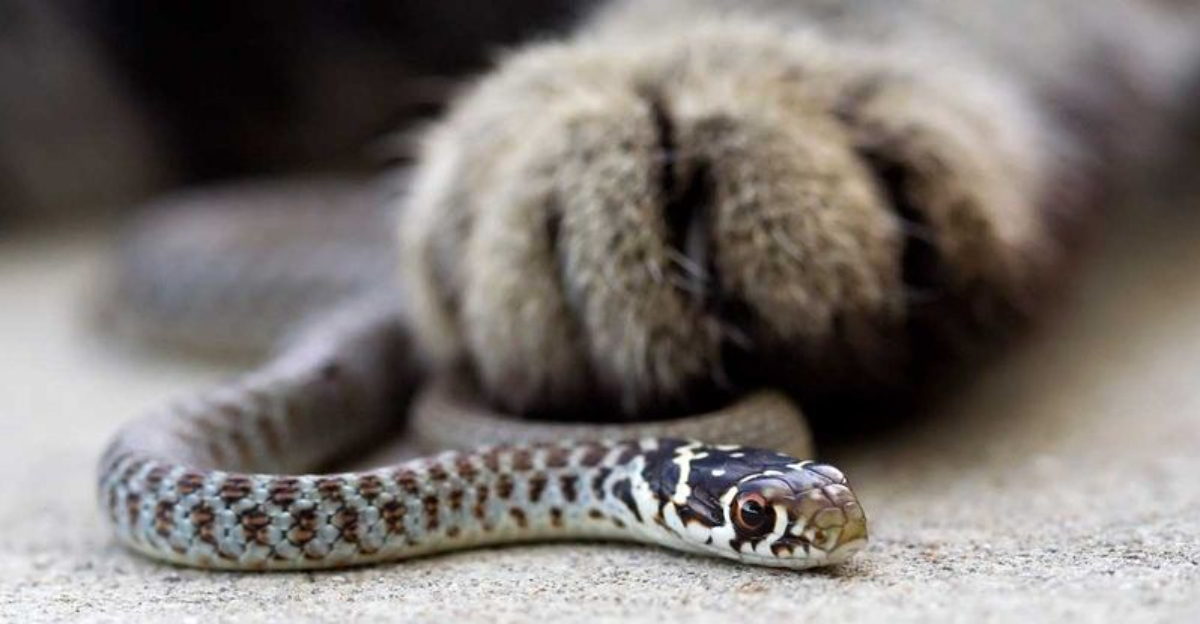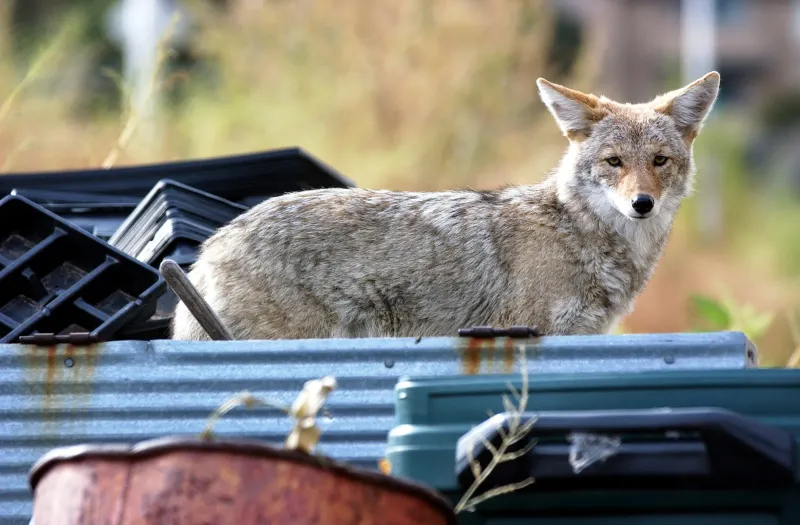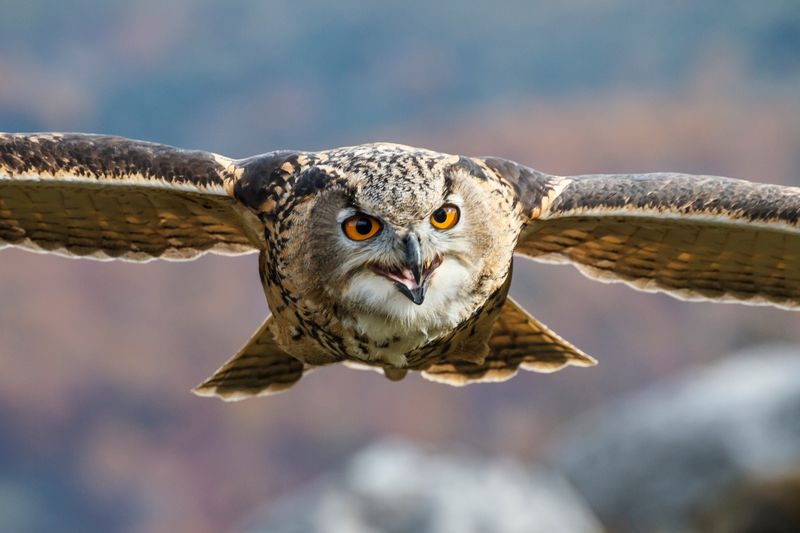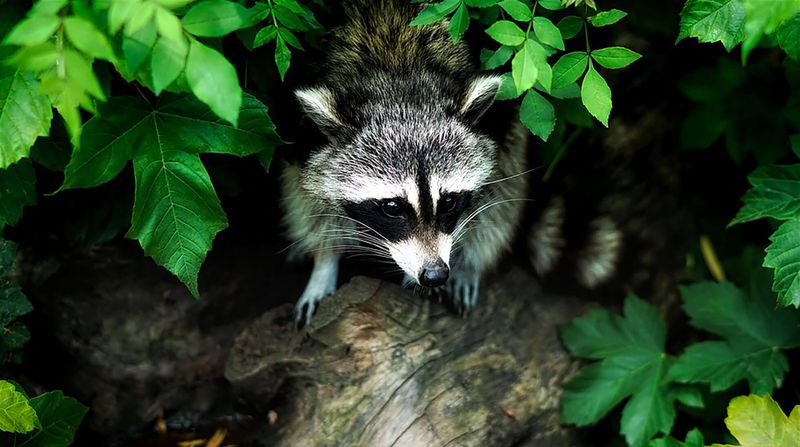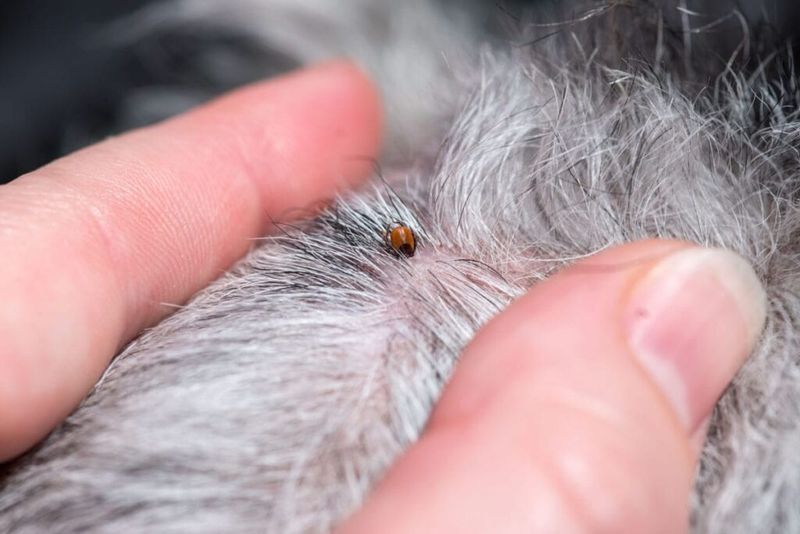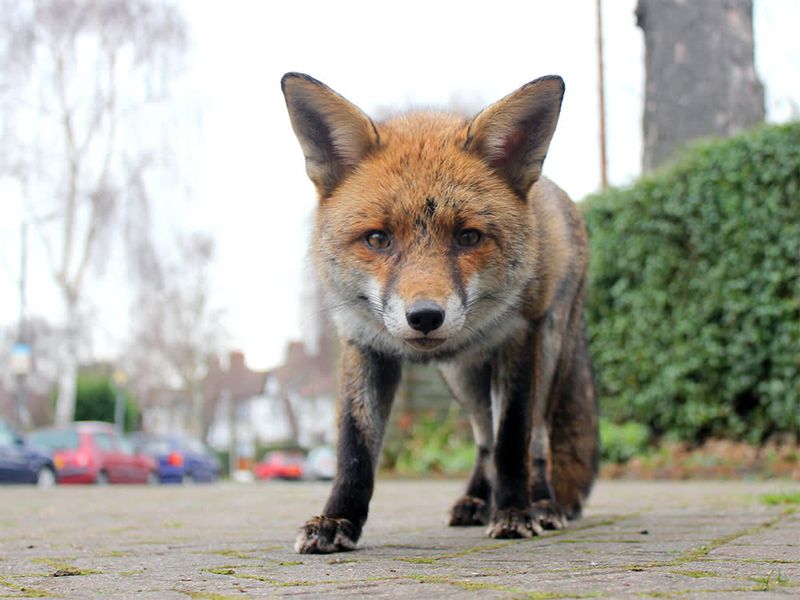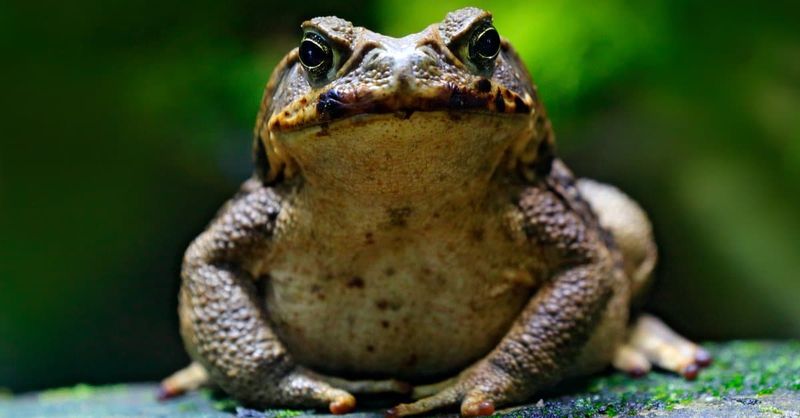📖 Table of Content:
Cats are naturally curious and drawn to the sights and sounds of the outdoors. This instinctive behavior often leads them into unfamiliar territory where danger may be lurking. What seems like an innocent exploration can quickly become a serious risk to their well-being.
Various animals, both wild and domestic, can pose a threat to a cat roaming outside. Some may be aggressive predators, while others carry diseases or parasites that are easily transmitted. Even small encounters can lead to lasting health issues or injuries.
Understanding these risks is essential for keeping cats safe in outdoor environments. Being informed allows for smarter decisions about supervision, access, and prevention. Recognizing potential threats can make the difference between a routine adventure and a dangerous one.
1. Coyotes
Coyotes have expanded their territory into suburban and urban areas, making them a common threat to outdoor cats. These wild canines are opportunistic hunters that view cats as easy prey, especially at dawn and dusk when they’re most active. Cat owners in coyote-prone areas should keep their pets indoors from evening until morning.
If your cat must go outside, create a secure enclosure with a roof or high walls that coyotes can’t jump over. Coyotes can be identified by their grayish-brown fur, bushy tails, and dog-like appearance. They typically weigh between 20-50 pounds—much larger than the average house cat.
2. Birds of Prey
Hawks, eagles, and owls present a significant danger to cats, especially kittens and smaller breeds. These powerful birds can swoop down silently and carry off animals weighing up to their own body weight. Great horned owls are particularly dangerous as they hunt at night when many cats are active outdoors. Eagles and larger hawk species can easily injure or kill adult cats.
Watch for signs of birds of prey circling overhead or perching on tall structures near your home. Provide sheltered outdoor spaces where your cat can quickly duck under cover if threatened. Supervise small cats when outdoors, especially in rural areas.
3. Venomous Snakes
Cats are naturally curious and may paw at snakes, putting them at risk for potentially deadly bites. Depending on your location, rattlesnakes, copperheads, cottonmouths, or coral snakes might live in your area. Snake venom can cause severe tissue damage, internal bleeding, and respiratory failure in cats. The smaller size of cats means venom affects them more quickly than humans.
Learn to identify the venomous snakes in your region. Keep your yard clear of debris piles, tall grass, and rock formations where snakes might hide. If your cat is bitten, seek emergency veterinary care immediately—every minute counts.
4. Raccoons
Don’t be fooled by their cute masked faces. Raccoons can be aggressive toward cats, especially when competing for food or if they feel threatened. Their sharp claws and strong jaws make them dangerous opponents in a fight. Raccoons also carry diseases transmissible to cats, including rabies, distemper, and roundworms.
They’re most active at night and commonly found in urban and suburban areas. Secure garbage cans and don’t leave pet food outside, as these attract raccoons to your property. If raccoons frequent your yard, keep cats indoors at night when these nocturnal creatures are most active.
5. Ticks and Lyme Disease
These tiny parasites pose a serious health threat to outdoor cats. Ticks attach to your cat’s skin and feed on blood, potentially transmitting dangerous diseases like Lyme disease, cytauxzoonosis, and tularemia. Cats with ticks may show symptoms including fever, lethargy, loss of appetite, and swollen lymph nodes.
The diseases ticks carry can be difficult to treat and sometimes fatal. Check your cat regularly for ticks, especially after they’ve been in wooded areas or tall grass. Use vet-approved tick preventatives year-round. Remove any attached ticks promptly using fine-tipped tweezers, grasping the tick close to the skin’s surface.
6. Larger Dogs
Not all dogs are cat-friendly, and some breeds have strong prey drives that trigger chase responses when they spot cats. Even well-meaning dogs can seriously injure cats during rough play due to the size difference. Stray or loose dogs pose particular risks since they may not be socialized with cats. A cat’s natural response to run can activate a dog’s chase instinct, leading to dangerous pursuits.
Be aware of your neighbors’ dogs and any strays in the area. Create escape routes in your yard where cats can quickly climb or hide if threatened. Never leave a new dog alone with your cat until you’re certain they get along safely.
7. Foxes
Foxes are becoming increasingly common in urban environments, bringing them into contact with outdoor cats. While adult cats can usually hold their own against foxes, kittens and elderly cats are vulnerable to attacks. Beyond direct attacks, foxes carry diseases like rabies and mange that can spread to cats.
They compete for the same food sources and hunting territories as cats. Motion-activated lights can help deter foxes from your property at night. Remove attractants like fallen fruit, unsecured garbage, or outdoor pet food. If foxes are common in your area, consider supervising your cat’s outdoor time or creating a secure cat enclosure.
8. Poisonous Toads
Certain toad species secrete powerful toxins through their skin as a defense mechanism. The cane toad and Colorado River toad are particularly dangerous, producing toxins that can kill a cat within minutes if licked or bitten. Symptoms of toad poisoning include excessive drooling, bright red gums, seizures, and abnormal heart rhythm.
Cats are naturally curious and may paw at or mouth these interesting creatures, not realizing the danger. Learn to identify toxic toads in your region. They’re most active at night and after rain. If you suspect your cat has contacted a poisonous toad, rinse its mouth with water immediately (don’t let them swallow) and rush to an emergency vet.
